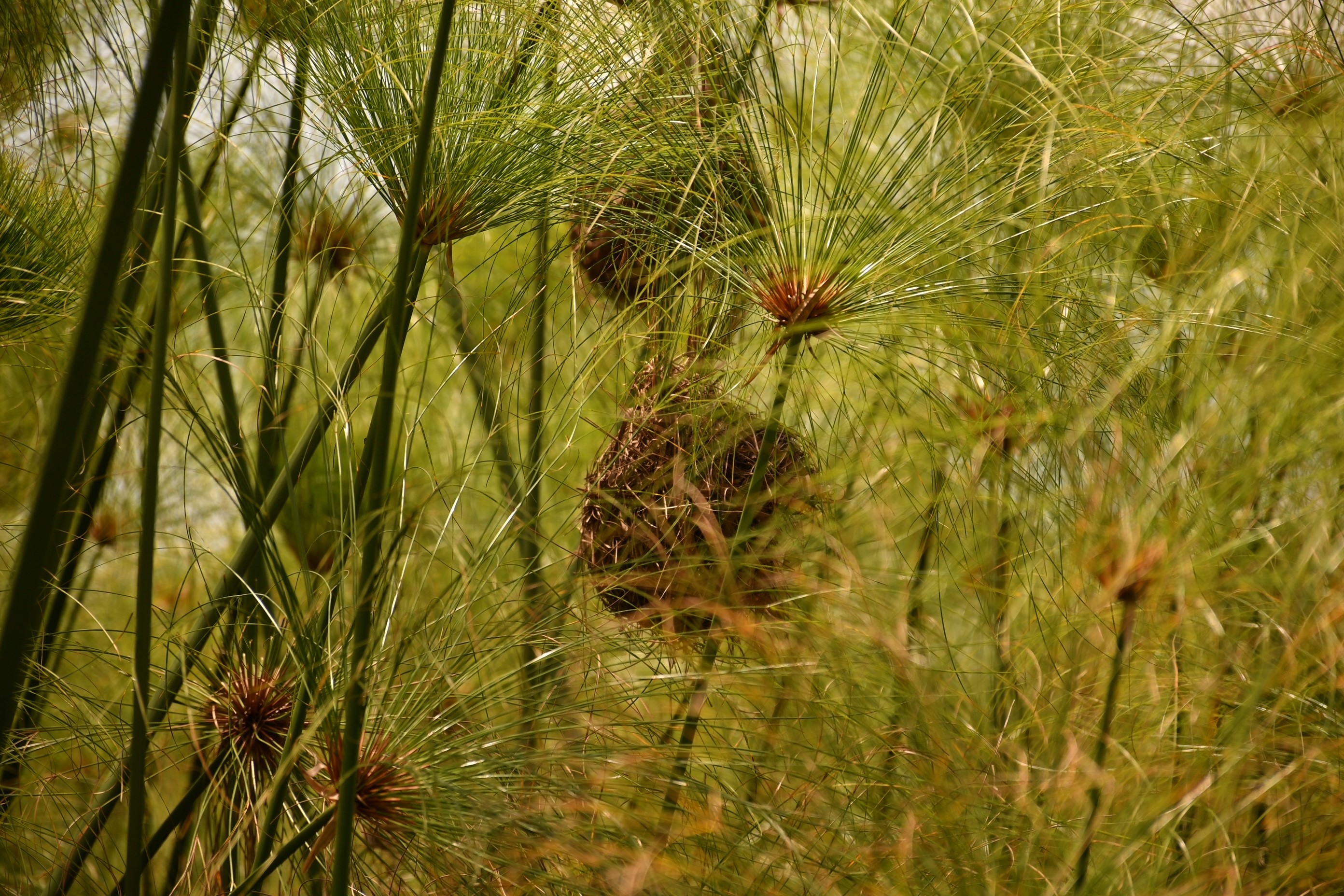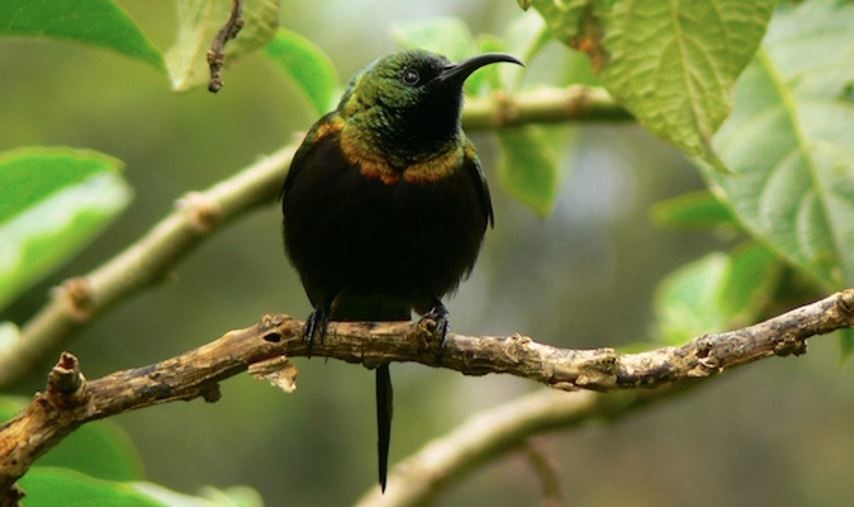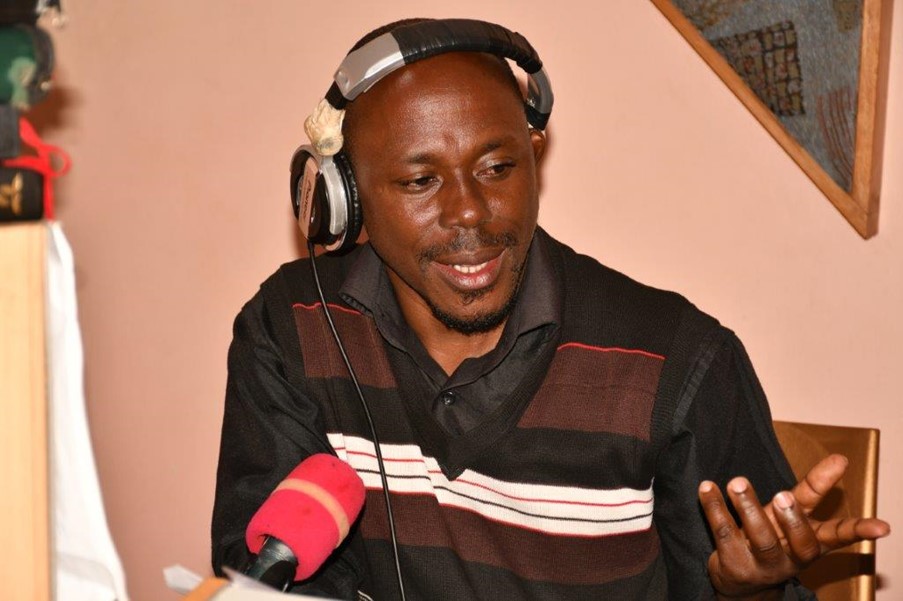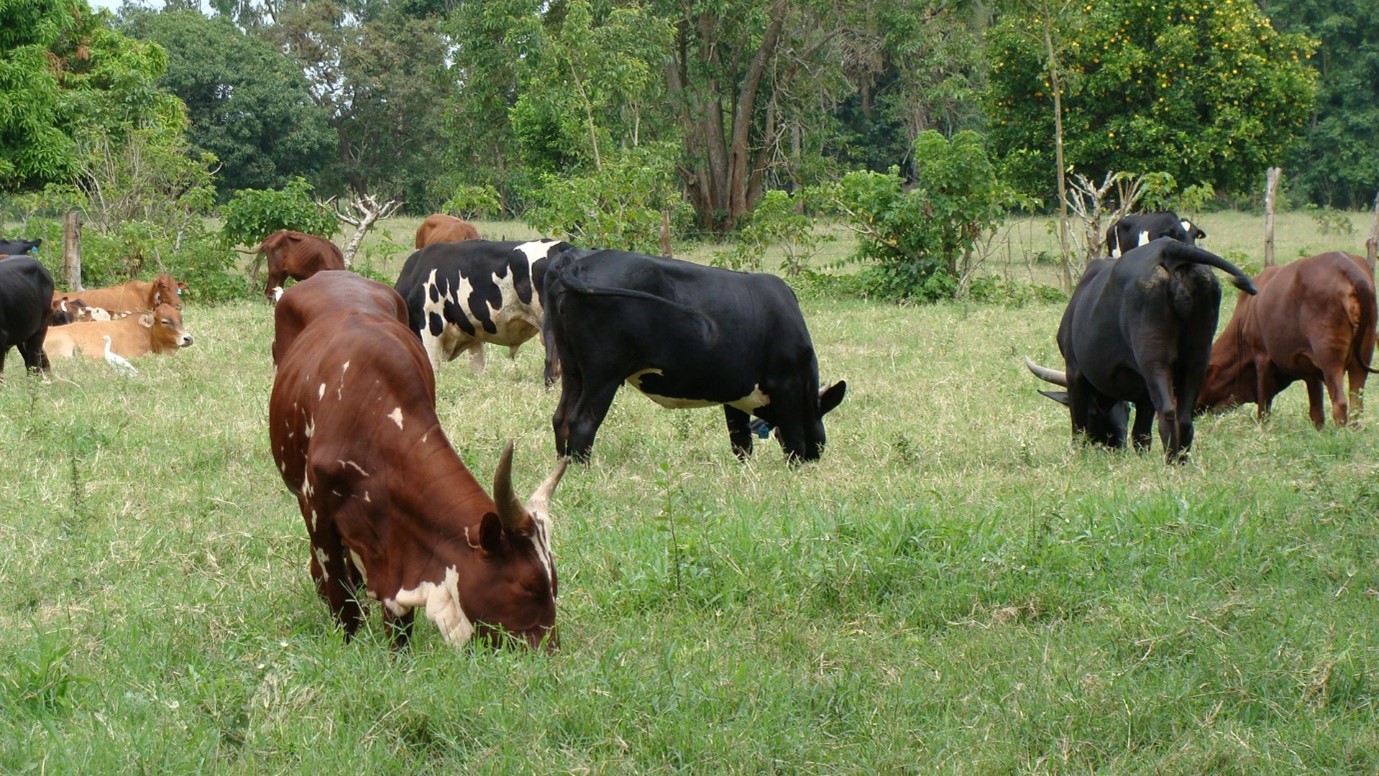Revitalizing Nyamuhizi Wetland: A Model of Collective Action and Ecosystem Restoration in Uganda
March 20, 2024

Birds nesting at Nyamuhizi Wetland
In a world where environmental degradation poses a grave threat to our existence, the urgency for ecosystem restoration has never been more apparent. At the heart of the United Nations Development Programme's (UNDP) efforts lies a commitment to the Sustainable Development Goals (SDGs), which serve as a comprehensive framework for addressing environmental issues, including water management, conservation, climate change mitigation, and sustainable development.
In Uganda, the 7th Uganda Water and Environment Week (UWEWK) held from 18th – 22nd March 2024, under the theme "Rethinking collective action and innovative solutions to water, environment, and climate change crisis," serves as a poignant platform to reflect on the journey of Nyamuhizi Wetland restoration.
Nyamuhizi Wetland, located in Mitooma district, Uganda, stands as an example of our global challenge. Once a flourishing ecosystem, Nyamuhizi endured significant degradation, echoing the plight of many wetlands around the world. However, amidst this despair, there exists a beacon of hope. Through collaborative efforts spearheaded by the government of Uganda and UNDP, supported by funding from the Green Climate Fund, alongside active engagement from local communities, Nyamuhizi is undergoing a remarkable resurgence.

One of the bird species in Nyamuhizi wetland
Central to Nyamuhizi's rehabilitation is the commitment to supporting former wetland-dependent communities in transitioning to alternative livelihoods. Initiatives like the "Building Resilient Communities, Wetland Ecosystems, and Associated Catchments in Uganda" project, funded by the Green Climate Fund, the Government of Uganda and the UNDP provide sustainable alternatives.
Former wetland users are equipped with skills and resources for various livelihood activities, including beekeeping, poultry farming, dairy farming, and irrigation schemes. These alternatives, among others alleviate pressure on the wetland while empowering communities to adapt to changing environmental conditions.
Effective communication plays a vital role in these efforts, especially for household and farm-level decision making and planning. Individuals like Elly Katahinga, a radio presenter at Radio Ankole, disseminate early warning, climate and weather information to communities formerly dependent on Nyamuhizi Wetland.

Elly Katahinga, a radio presenter at Radio Ankole, disseminates weather and early warning information to former wetland users
Additionally, a water retention facility established at Nyamuhizi, supported by the Green Climate Fund, aids wetland restoration and provides water for various purposes, further strengthening the people and ecosystem's resilience.
Today, Nyamuhizi's transformation is evident. The once barren landscape has been rejuvenated, with green vegetation, including the iconic papyrus grasses, thriving again. Communities say they have seen a significant increase in water levels, which further rejuvenates the wetland ecosystem. The return of various bird species with abundant nesting sites indicates a resurgence in biodiversity and renewed security for wildlife.

Cattle grazing as a source of livelihood for wetland users
As Nyamuhizi Wetland continues to recover its ecological functionality, it serves as a beacon of hope and a testament to the effectiveness of collaborative conservation efforts. Restoration is not the work of a few, but the collective effort of many. Individuals like Elly Katahinga embody the spirit of #GenerationRestoration. Their stories inspire us to act, to make smarter choices, and to invest in the future of Nyamuhizi and beyond.
By Annette Akimanzi, Communication Specialist

 Locations
Locations